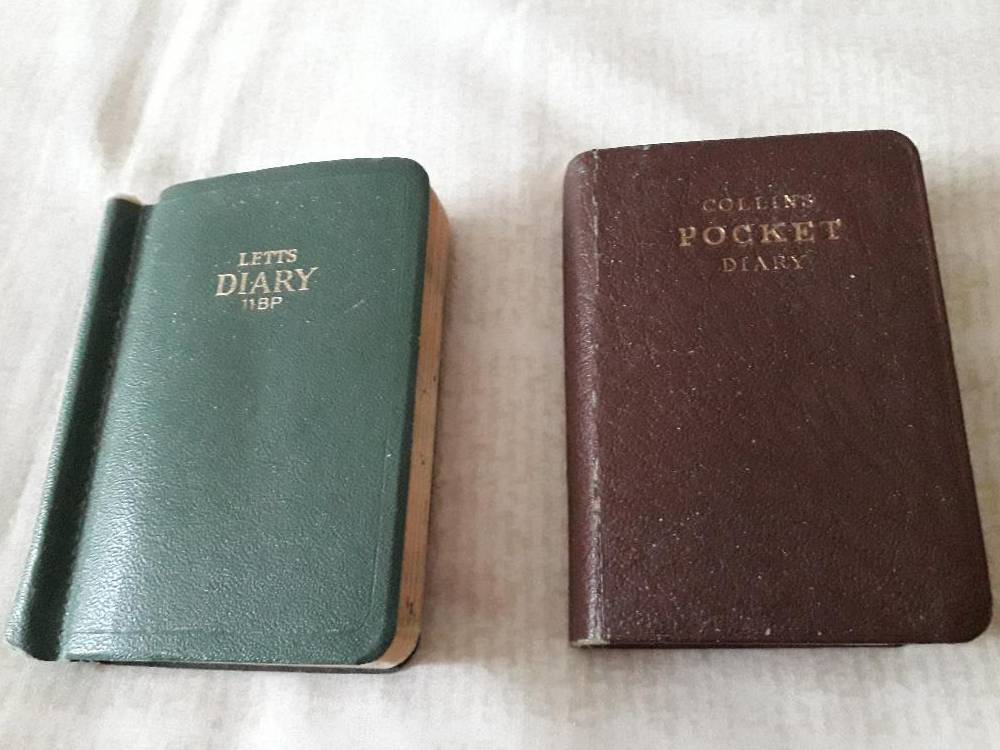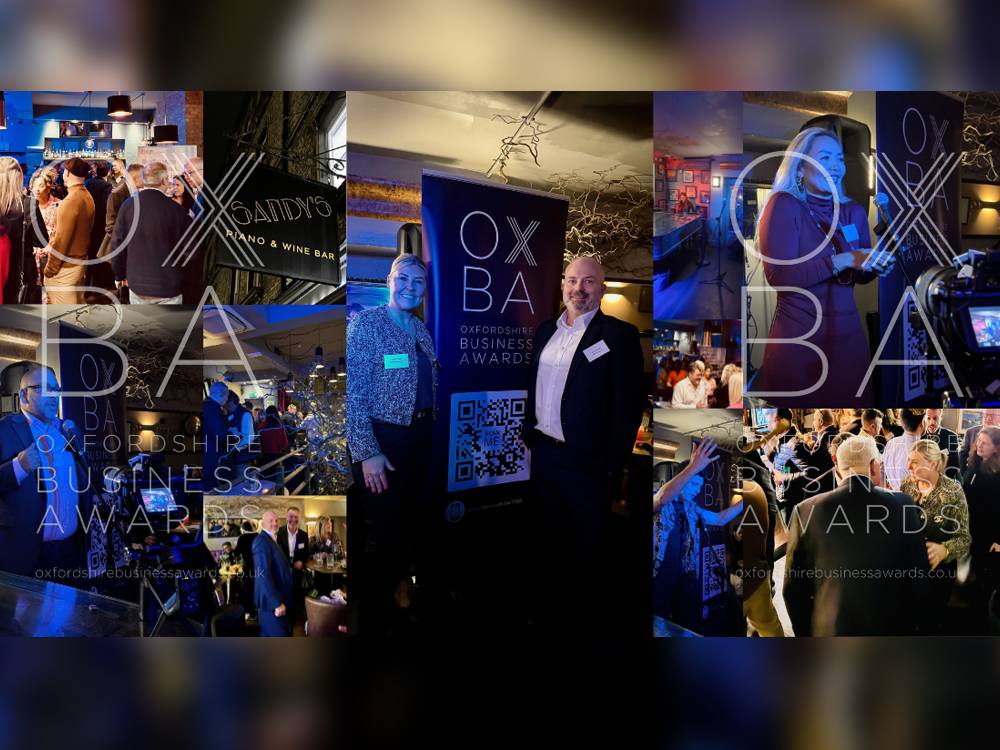Big names and innovative artists are at the heart of The Lightbox’s latest exhibitions
Visitors to The Lightbox can enjoy two special exhibitions into autumn giving greater opportunities to “experience the best contemporary and modern art”.
Material Thinking, until October 13th, brings together for the first-time selected work by major artists from The Ingram Collection with work by contemporary artists associated with the Fine Art programme at the University of Gloucestershire (UoG), recognised as one of the country’s most innovative art schools.
Focusing on artists who use varied, unusual or unexpected ways of making, the exhibition will explore The Ingram Collection – one of the most significantly publicly accessible collections of modern British art in the UK – as a historic context for artists working today, prompting conversations about what it is to make things, between disciplines and across generations.
Curated by Professor Angus Pryor (UoG), selections from The Ingram Collection have been chosen in response to painters, sculptors and film makers working on the UoG Fine Art programme. He said: “Material Thinking will highlight how artists across generations incorporate observation, action, reaction, accident, impulse and instinct into their artistic practice, moving step-by-step to their final artwork.”
Henry Moore in Colour is organised in partnership with The Henry Moore Foundation and runs until November 3rd offering a rare opportunity to see colourful drawings by Moore spanning the artist’s career.
Best-known as one of the most influential and innovative sculptors of the modern era, Moore (1898-1986) was also a remarkably talented and prolific draughtsman, producing nearly 7,500 drawings over seven decades. These works from The Henry Moore Foundation include examples of his best-known works such as the large ‘presentation’ works from the 1930s and the Shelter drawings – commissioned by War Artists’ Advisory Committee during WW2, the Shelter drawings were influential in achieving widespread popular recognition for the artist following their display at London’s National Gallery.
Sebastiano Barassi, Head of Henry Moore Collections & Programmes said: “Henry Moore in Colour reveals his profound love and appreciation of the unique characteristics and possibilities of drawing, for its own ends and as a tool to inform his work in other media. Moore continued to draw until the end of his life. This exhibition attempts to reveal the numerous ways in which it enabled him to study, express, and experiment.”
Sarah Brown, Director of The Lightbox, added: “Our collaboration with The Ingram Collection and The Henry Moore Foundation is at the heart of both exhibitions and we are grateful to all our partners for making our season so exciting.”
A programme of events accompanies and the exhibitions, including the Material Thinking Symposium on September 13th.
For further information about both exhibitions visit The Lightbox













